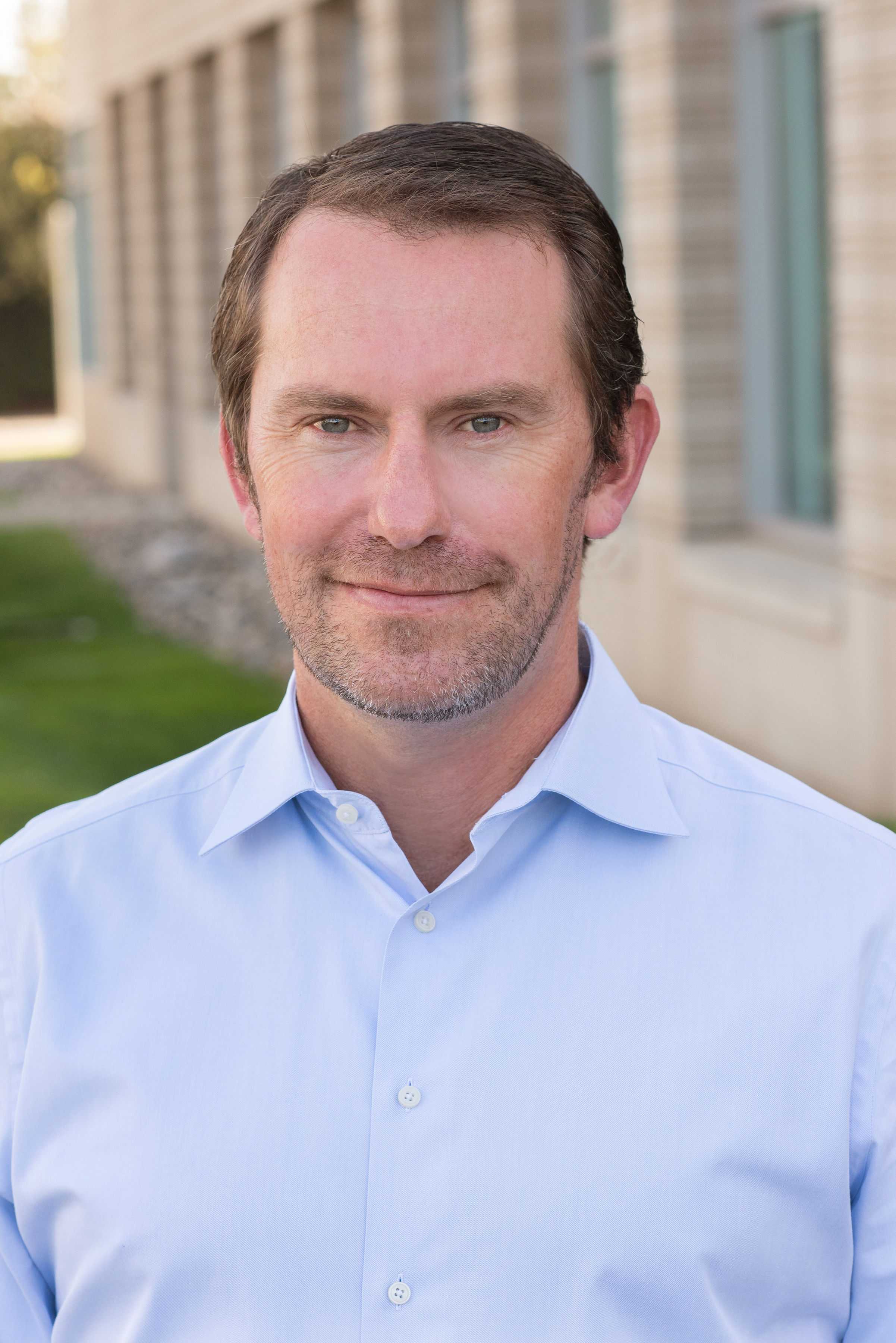Analyzing Single Cells in Space – Technology Networks
minor-latin;color:#333333;background:#FCFCFC”>Axiom Space recently announced plans for its second International Space Station mission, to be led by astronaut Peggy Whitson and mission pilot John Shoffner. As part of the mission, Peggy and John will conduct life science research in orbit using technology developed by #FCFCFC”>10x Genomicsmso-bidi-theme-font:minor-latin;color:#333333;background:#FCFCFC”>.
Technology Networks spoke with Dr. Ben Hindson, co-founder and chief scientific officer of 10x Genomics, to learn more about the single-cell technology powering this research and how it will be adapted for use in space. In this interview, Dr. Hindson also discusses some of 10x Genomics’ recent developments in spatial gene expression analyses and how they could help propel research in human health and disease.
Anna MacDonald (AM): What are some of the main challenges associated with conducting single-cell analyses in space?
Ben Hindson (BH): We are very early in the process here, but we are looking to see what biological information we can uncover by analyzing single cells in orbit. Our single-cell sequencing products are used by all the top 100 research facilities around the world, and we are working to ensure that researchers in space have the same powerful capabilities to help answer questions such as how humans live in space long-term.
The Axiom space mission is scheduled for the second half of 2022 – so during the time leading up to launch, we are working with Axiom to understand the challenges with this type of research in space and developing solutions that can help astronauts like Peggy Whitson, who trained as a biochemist and has even conducted PCR experiments in space, easily navigate doing new research in space.
AM: How will terrestrial single-cell genomic methods be adapted for use in space? Has 10x Genomics developed any features specifically for this use?
BH: We are really early here and hope to have more clarity as we work more closely with the Axiom team. We see this as the first step in biological research at the single cell level in space. We are looking at different ways to approach the research, including collecting samples in space, chemically fixing them in space, and running analyses back on earth. Essentially, we want to find out what works and what doesn’t so that we can engineer ways to improve analyses of changes in cells, without worrying about logistics.
We see this exploration as a way to learn more about the human body in space, microgravity, and on earth.
AM: Can you tell us more about how the technology will be used during the Axiom Space mission?
BH: We haven’t completed defining the exact projects yet, but studies on osteoporosis and human longevity are areas we are actively thinking of investigating. For example, we are considering testing single-cell analyses methods while in microgravity and studying gene expression to understand how bone density is affected by gravity for example.
AM: What advantages do single-cell technologies bring to scientists and their research?
BH: Our bodies are made up of 40 trillion cells, each with an immensely complex genome, proteome, and interactome that governs quadrillions of molecules in all kinds of intricate and complicated ways. To address this complexity, we must measure biology on a massive scale and at the right level of resolution, of individuals cells, molecules and their interactions.
This is what single-cell technologies can help with. Our single-cell products can enable high-throughput analysis of individual biological components up to millions of single cells. With these technologies, we strive to improve the scale and resolution of study. This can help accelerate discoveries in research areas that require high-throughput single-cell applications, including drug and CRISPR screens, large-scale translational studies, cell mapping, antibody discovery, and biomarker identification.
A few examples are:
Human Cell Atlas: The mission here is to use single-cell sequencing to create a comprehensive reference map of all human cells as a basis for understanding human health, and diagnosing, monitoring and treating diseases.
Cystic fibrosis: Using our single-cell technologies, researchers have identified and characterized a new cell type in the lung, the pulmonary ionocyte, that results in the characteristic respiratory symptoms of cystic fibrosis.
Life extension: Researchers at Keio University in Tokyo used our single-cell tools to demonstrate that people who live to be 110 or older have a different immune profile than regularly-aged people.
AM: Can you tell us more about 10x Genomics’ recent developments in spatial gene expression analyses?
BH: We launched our Visium Spatial Gene Expression platform in 2019. We’ve seen an exciting amount of uptake of this technology, with over 100 publications and preprints, as researchers look to understand how gene expression varies while maintaining the context of the tissue itself. We recently launched an extension of the Visium platform that is compatible with FFPE (formalin-fixed, paraffin-embedded tissues). FFPE is the most common form of sample preservation for clinical samples, so this opens up the technology for use with a massive number of specimens that are stored in biobanks and clinics around the world.
AM: How can the ability to conduct spatial analyses in preserved tissue help propel research in human health and disease?
BH: We see researchers who have collected cohorts of samples that are specific to the disease that they study, whether this is a specific form of cancer, a neurodegenerative disease, or an inflammatory disorder. Often, since these samples were collected during clinical care, they are also paired with clinical data. Researchers are excited to go back to these sample cohorts and pair rich spatial transcriptomic data with what they know clinically to understand what drives disease progression and identify promising new therapeutic targets.

Dr. Ben Hindson was speaking to Anna MacDonald, science writer for Technology Networks.





